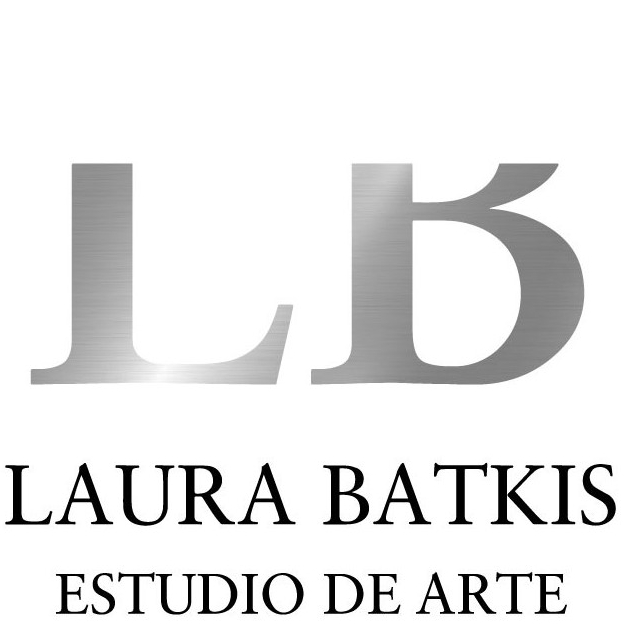Art Nexus
Claudia Fontes – Instituto de Cooperación
No. 18 – October – December 1995.
During June, the Instituto de Cooperación Iberoamericana of Buenos Aires, under the curatorial supervision of Laura Buccellato, hosted an exhibition of Claudia Fontes’ work. The artist is currently attending the Taller de Barracas, a professional training school for artists working with objets d’art and installations, under a scholarship from the Fundación Antorchas.
Fontes (1964) belongs to the emerging nineties generation in Argentina. This group includes artists who base their aesthetics on a new subjectivity, taking some of the postulates of conceptual art but without disregarding the emotional aspects that bring the visual discourse into the private sphere.
The entire exhibition revolves around the concept of the fatality of tragedy, when given an inevitable event, an irreversible critical change is about to take place which involves either the continuation or the suspension of human life; that moment when we already know what is bound to happen, even though it still hasn’t, and the action remains frozen for a while as if in an intermediate lapse between two events. Fontes freezes this short moment and prolongs an indefinite wait. In Rara (Strange) there is an ash mask, as if it were lit, with a small immobile fan above it, like a speaker that emits the sound of the device as if it were working. An acrylic dome registers and at the same time protects that moment before disintegration. In a climate of refined austerity, everything is barely suggested. The loneliness and absence of a mistaken feeling and the fatality of a fortuity that unleashes a catastrophe. This is the case of the piece that quotes the literary drama of Romeo and Juliet, a marble pedestal with the inscription of the female protagonist’s name holding a pillow molded in soap, on which a drop of water falls continuously exactly on the impression left by the head when it lies on it. The spectator witnesses the transformation process that takes place on the piece, which is worn out by the contact between the soap and the water. By doing so, Fontes performs a conceptually based analytical operation articulated around the idea of intertextuality. The visual text comes from other ones, in this case, from a literary iconographic source that creates a reticular system of meanings. These meanings are updated through the use of a metaphor during the process of representing the image. The impression, the pillow, and the puddle that is formed refer, metaphorically, to Juliet Capulet in her sleep, whom her lover believed to be dead. The idea of the pedestal that supports the portrait of a person is repeated in Feliz, feliz en tu día (Happy Birthday to you). In this case, with a certain irony, the artist replaces the traditional marble head with a wax head with cotton wicks, which can be lit and put out like a birthday cake. The whole show is accompanied by the sound of coughing that comes from speakers located in fragments of women’s clothing. These fragments move with an electromechanical mechanism that crosses life preserver rings lying underneath the clothes. The endlessly repeating sound and the sinuous movement of the objects create an environment of anxiety against the distressing cry of a drowning woman. Finally, the strange beauty of a small wooden violin case, carved by the artist, is contrasted with the disturbing neatness of a fluorescent tube that illuminates it like a funerary ritual environment. With her work, Fontes generates a performative attitude, a reflection on the sculptor’s craft, which, as the artist says, lies in the contact with the material when many decisions are made.
BY LAURA BATKIS
